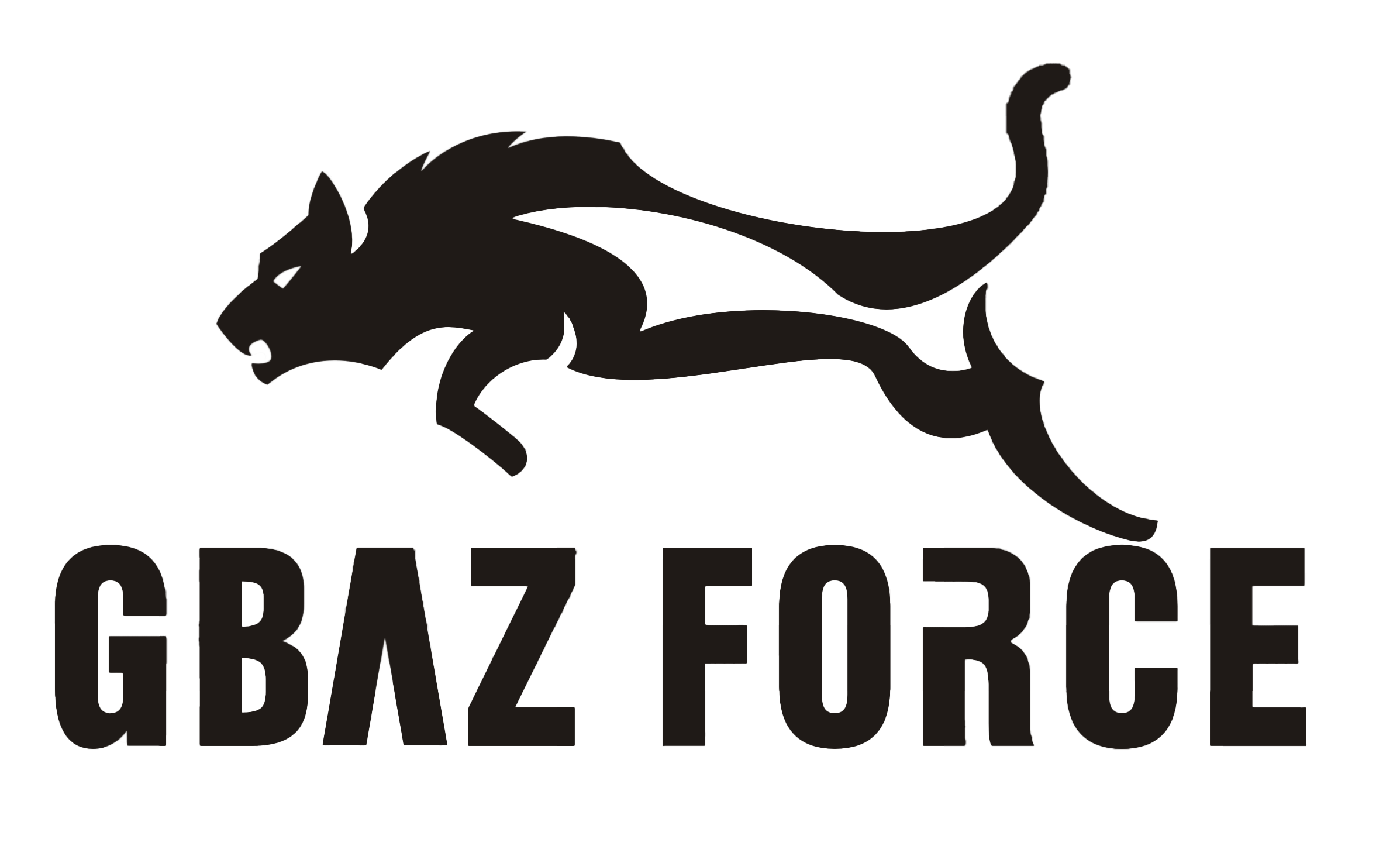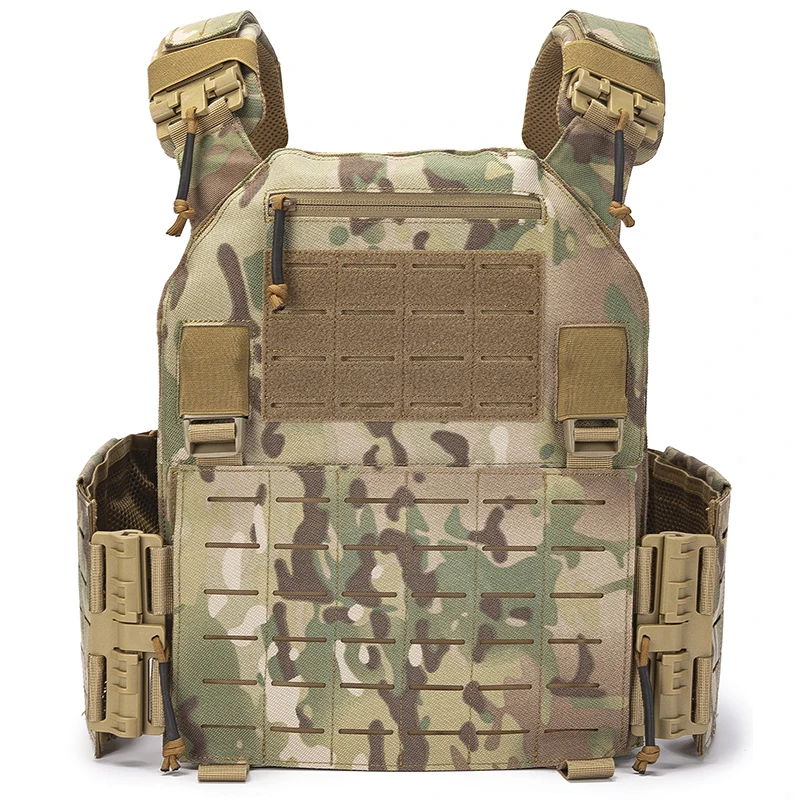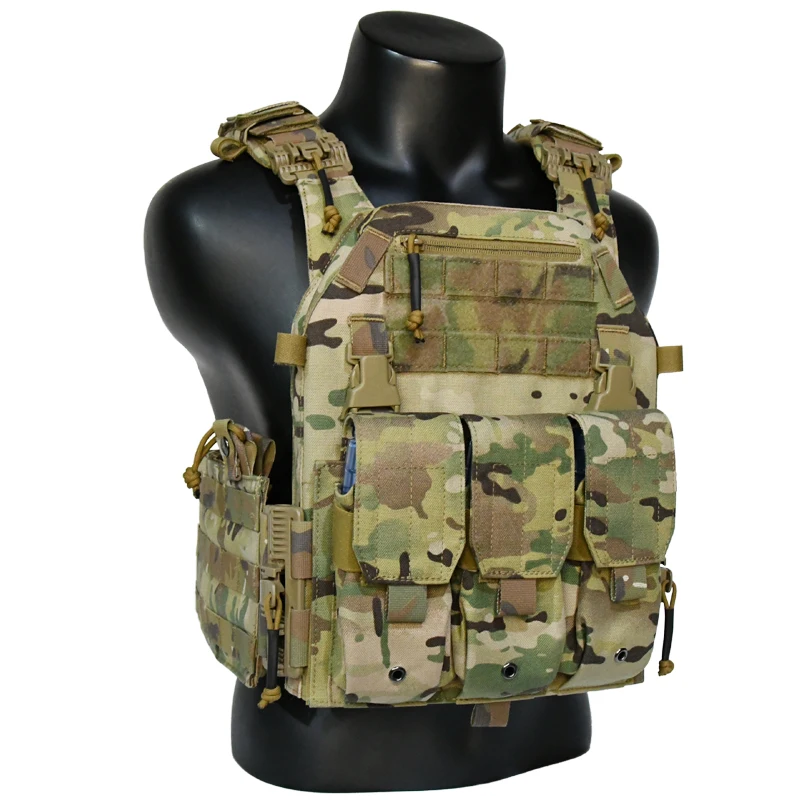Tactical Gear
PRODUCTS
Tactical Vests Durability Comfort and Performance
Durability: Withstanding the Rigors of the Field
The durability of a tactical vest is non-negotiable. It must withstand the physical stresses of demanding environments, including intense physical activity, exposure to harsh weather conditions, and potential encounters involving forceful impacts. The materials used in construction are key to this durability. High-tenacity nylon, Cordura, and other robust fabrics are commonly employed for their resistance to abrasion, tearing, and punctures. The stitching should be reinforced and meticulously executed to ensure longevity, especially at stress points like shoulder straps and load-bearing areas.
Beyond the fabric, the overall design contributes significantly to a vest's durability. Reinforced seams, strategically placed padding, and robust buckles and closures are all crucial elements. A well-designed tactical vest should be able to absorb impacts effectively without compromising its structural integrity. Consideration should also be given to the resistance of the materials to water, chemicals, and UV degradation, ensuring the vest remains functional and reliable even after prolonged exposure to the elements.
Comfort: Enhancing Wearability and Operational Efficiency
While durability is paramount, a comfortable tactical vest is equally essential. Extended periods of wear can be significantly impacted by discomfort, leading to reduced operational effectiveness and potential injury. Proper sizing is crucial; a vest that is too tight can restrict movement and cause chafing, while one that is too loose can shift and become cumbersome. Adjustable features, such as shoulder strap adjustments and waist belts, are essential for ensuring a personalized and secure fit.
The padding and ventilation system significantly contribute to comfort. High-quality padding should provide adequate protection without adding excessive bulk or weight. Furthermore, a good ventilation system is critical, especially in warmer climates. Mesh panels, breathable fabrics, and strategically placed ventilation channels can help regulate body temperature and prevent overheating. The overall weight distribution of the vest is also a crucial factor, with well-balanced designs reducing strain on the wearer's body.
Performance: Functionality and Adaptability
A tactical vest's performance encompasses its functionality and adaptability to various operational scenarios. The placement and accessibility of pouches and compartments are critical. Essential gear, such as magazines, radios, medical supplies, and other tools, must be easily accessible without compromising the wearer's mobility or safety. Modular designs, allowing for the customization of pouches and accessories according to individual needs, are highly advantageous. This ensures the vest can adapt to diverse missions and operational requirements.
The vest's overall weight and design should not impede movement. A well-designed tactical vest allows for a full range of motion without hindering the wearer’s ability to perform tasks efficiently. Consideration should be given to the compatibility of the vest with other pieces of equipment, such as body armor and hydration systems. The integration of these components should be seamless and should not compromise the overall performance or comfort of the vest. A well-performing tactical vest will seamlessly integrate into the wearer’s operational environment, maximizing their effectiveness and safety.
SUBSCRIBE
INQUIRY










